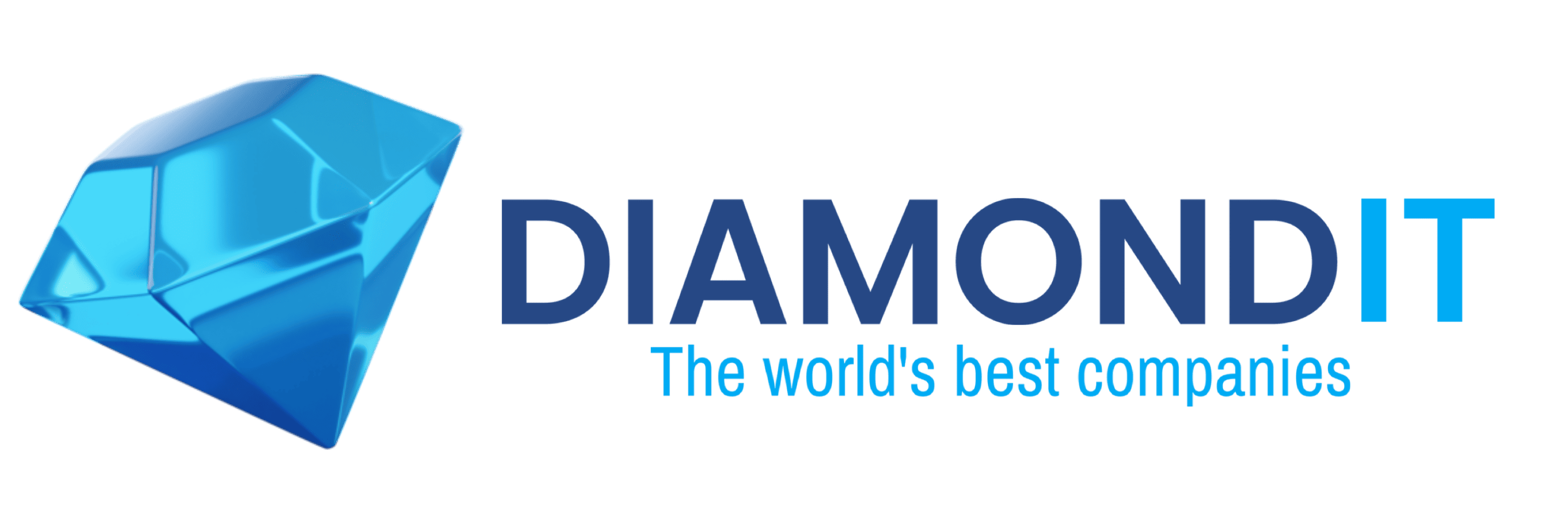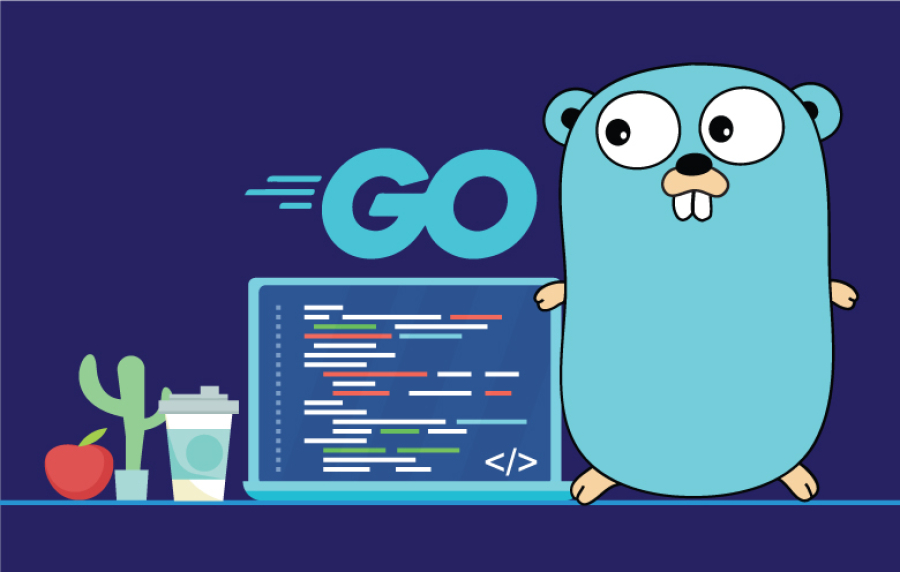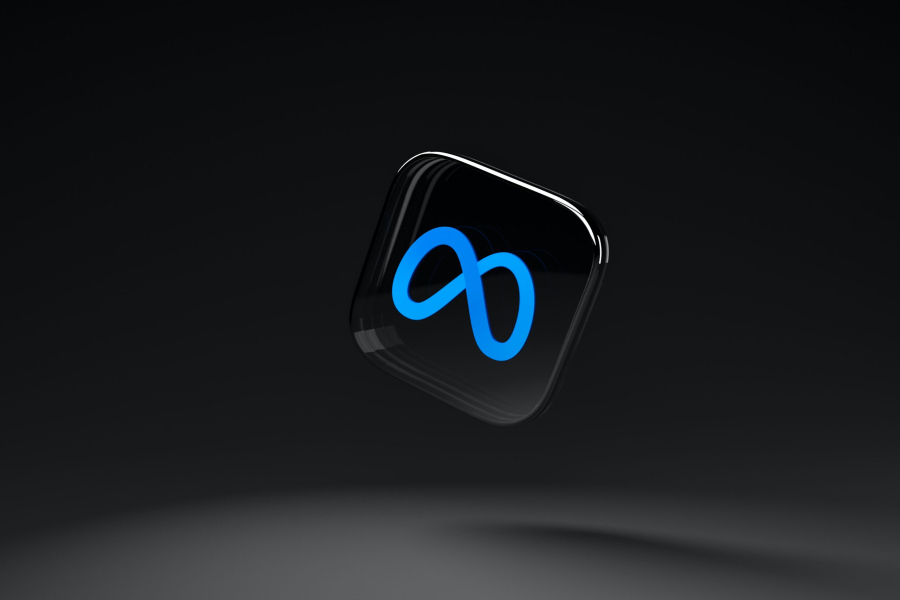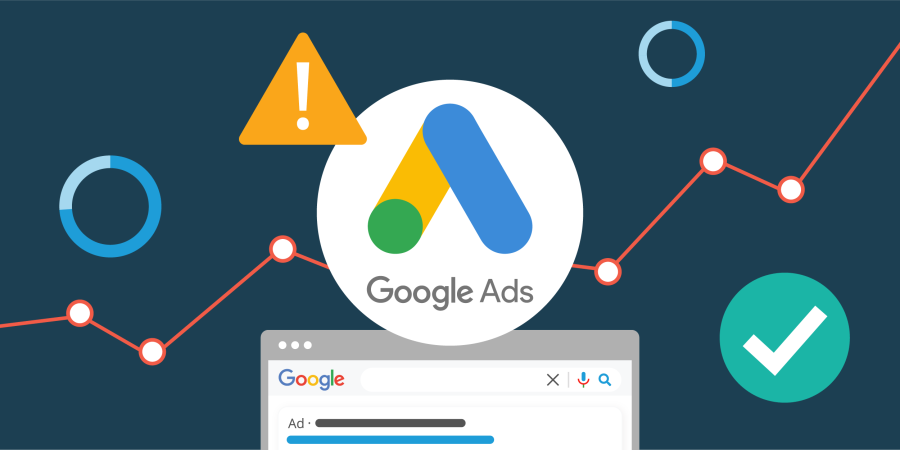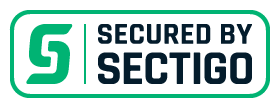Golang: The Modern Solution for Scalable Software Development
Golang: The Modern Solution for Scalable Software Development
Golang, or Go, is a programming language that has taken the software development world by storm. Designed by Google engineers in 2007 and released to the public in 2009, Go combines simplicity, speed, and reliability. It’s now a go-to language for developers building scalable, high-performance applications.
In this article, we’ll dive into the origins of Go, its standout features, real-world applications, and why it has become a preferred choice for modern developers.
What is Golang?
Golang is an open-source, statically typed programming language that focuses on simplicity and efficiency. It was created to address the limitations of existing languages like C++ and Java, particularly in the areas of performance, scalability, and ease of use.
Go excels in building concurrent, distributed systems and is widely used in backend development, cloud computing, and microservices.
Key Features of Golang
1. Simplicity and Readability
Go’s syntax is clean and straightforward, making it easy for developers to write and understand code. It eliminates unnecessary complexity, which speeds up the development process and reduces the likelihood of bugs.
2. Built-In Concurrency
Go has native support for concurrency through goroutines and channels. Goroutines are lightweight threads that enable efficient multitasking, making Go an excellent choice for high-performance, concurrent applications.
3. High Performance
As a compiled language, Go delivers fast execution speeds. Its performance rivals C and C++ while offering the simplicity of modern programming languages.
4. Garbage Collection
Go’s garbage collector manages memory automatically, freeing developers from manual memory allocation and deallocation tasks. This feature ensures efficient memory usage and reduces the risk of memory leaks.
5. Cross-Platform Compatibility
Go is designed to be portable, making it easy to build and deploy applications across different platforms and operating systems.
6. Robust Standard Library
Go’s extensive standard library simplifies common tasks like handling HTTP requests, working with JSON, and managing files.
Why Developers Choose Golang
1. Speed of Development
Go’s simplicity and minimalistic design allow developers to write and deploy code quickly. This is particularly beneficial for startups and fast-paced projects.
2. Scalability
With its built-in support for concurrency, Go is ideal for building scalable systems that can handle thousands of simultaneous requests.
3. Strong Community and Ecosystem
Go boasts an active and supportive community, as well as a growing ecosystem of tools, libraries, and frameworks.
4. Cloud-Native Development
Go is a popular choice for cloud-native development, thanks to its compatibility with Docker and Kubernetes.
Applications of Golang
1. Web Development
Go is widely used for building high-performance web applications and APIs. Frameworks like Gin and Echo make web development in Go efficient and straightforward.
2. Microservices
Go’s concurrency model and lightweight nature make it a natural fit for microservices architecture.
3. Cloud Computing
Many cloud-based platforms and tools, such as Docker and Kubernetes, are written in Go due to its efficiency and scalability.
4. DevOps Tools
Go’s speed and portability make it a favorite for creating DevOps tools like Terraform and Prometheus.
5. Networking and Distributed Systems
Go excels in building distributed systems and handling networking tasks, thanks to its robust concurrency features.
6. Command-Line Tools
Developers frequently use Go to build fast and reliable command-line tools.
Golang in Action: Real-World Use Cases
1. Google
As the creator of Go, Google uses it extensively for internal tools and services.
2. Docker
The popular containerization platform Docker is built using Go, leveraging its performance and scalability.
3. Kubernetes
Kubernetes, the leading container orchestration platform, is also written in Go.
4. Uber
Uber uses Go for its real-time, high-performance backend services.
5. Netflix
Netflix employs Go to optimize its data processing and streaming services.
Learning Golang
1. Official Documentation
The Go website offers comprehensive documentation, tutorials, and examples to help developers get started.
2. Online Courses and Tutorials
Platforms like Udemy, Coursera, and YouTube provide a wealth of resources for learning Go at any skill level.
3. Open Source Contributions
Contributing to open-source Go projects is an excellent way to gain practical experience and connect with the community.
The Future of Golang
Go’s adoption is steadily growing across industries, from tech giants to startups. Its simplicity, performance, and scalability make it well-suited for modern software development challenges. As cloud computing and microservices continue to rise in popularity, Go’s relevance will only increase.
Conclusion
Golang is more than just a programming language; it’s a tool for building reliable, scalable, and high-performance applications. Whether you’re developing web services, cloud-native applications, or distributed systems, Go offers the perfect balance of simplicity and power.
Are you ready to embrace the power of Golang? Start building scalable solutions today!
